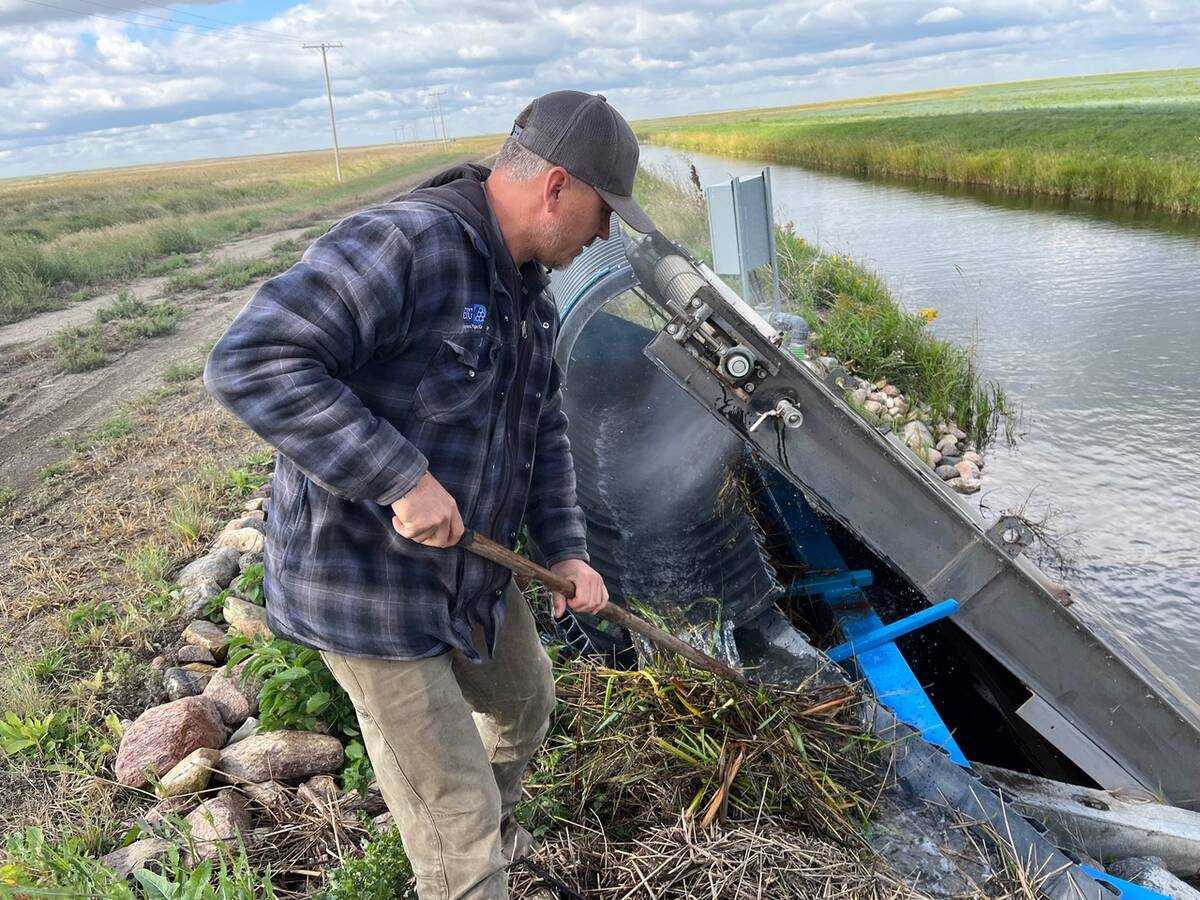Rick Nagel and Kelly Woronuk clearly recall what their fields looked like seven years ago.
Entire quarter sections had almost foot-deep ruts.
In a desperate attempt to get their crops off the rain-drenched fields in 1989, farmers gouged deep ruts in their fields with combines and swathers.
The next spring, they had to fill in the ruts before seeding.
Farmers from the British Columbia Peace River area will be reliving those problems this year.
“I feel for them immensely, but farmers are a fighting bunch,” said Nagel of Woking, in northwestern Alberta.
Read Also

Saskatchewan farmer uses tile drainage to manage water
The integration of both irrigation and tile drainage results in higher yields, water efficiency, improved soils and less nutrient runoff, says one producer.
“They’ve got a dilemma of getting their crop in there.”
In 1990 the Nagels and two other farm families, the Woronuks of Rycroft and Dregers of Woking, bought a prototype rut discer from Kello-bilt. It’s a 20-foot bar with two pairs of adjustable facing discs that push dirt back into the ruts.
Cultivated several times
By using the machine to fill in the ruts, the farmers saved themselves a lot of field work. Producers who didn’t have the machine went over their fields with cultivators up to five times to level them.
“It saved us two to three passes,” said Nagel.
On top of the already late spring, an 18 centimetre rain at the beginning of June ended the hopes of some farmers of getting a crop in the ground. The farmers who summerfallowed their field eliminated the ruts by fall, said Nagel.
“But that’s expensive to give up one crop.”
Woronuk said after that year they were about to sell the rut machine, but at the last minute decided to keep it in case they had another bad year.
They’re thankful they don’t need it this year, but farmers just 200 kilometres west will likely want it, he said.
Problems with ruts
- Reduced germination and yield in compacted rut areas.
- Diversion of run-off water causing erosion where water flows.
- Traffic ability and problems with seed-depth control.
- Soil lumps left on field that can damage and interfere with field equipment.
- Fields that have to be summerfallowed are subject to more erosion.
Source: British Columbia Ministry of Agriculture
















